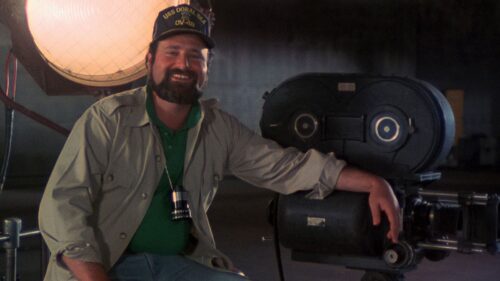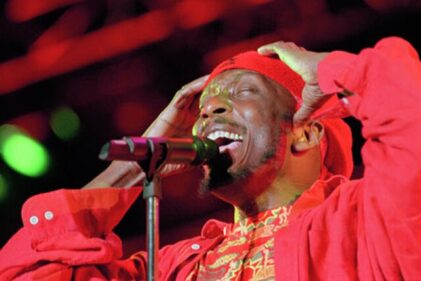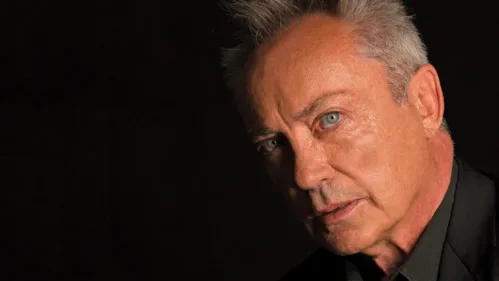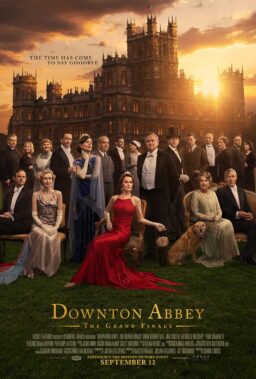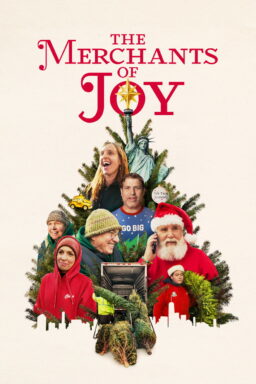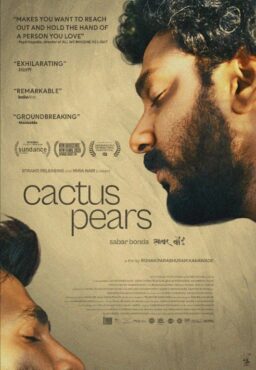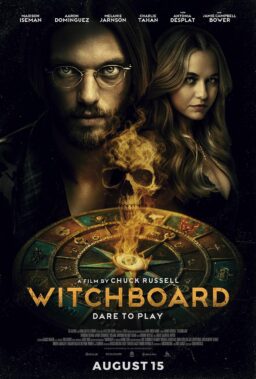“Even the anatomy of a river was laid bare. Not far downstream was a dry channel where the river had run once, and part of the way to come to know a thing is through its death. But years ago I had known the river when it flowed through this now dry channel, so I could enliven its stony remains with the waters of memory.” – A River Runs Through It by Norman Maclean
Actor, director, activist, and mentor: Robert Redford was all of them. After his passing on September 16, 2025, a tribute to him could expound on any of these roles he played in his amazing life and still feel inadequate. For a generation, he was one of the most charismatic actors of his day, a performer who knew how to play both the smartest guy in the room and the everyman, an actor who somehow felt simultaneously relatable and larger than life. That was his draw.
He was as handsome as anyone to ever grace the screen, but he never felt too far away from people you knew at the same time. He was someone who looked equally comfortable with a fishing rod in his hand as he did on the red carpet, and that kind of celebrity is rare. He was also an underrated director, someone who understood the value of silence in film and told stories that spoke to him personally with style and grace.
Of course, he founded the Sundance Film Festival, forever altering the landscape of independent cinema. It is no exaggeration to say that film today would not be the same without Robert Redford, even if he had never appeared in front of the camera. The number of directors, writers, performers, and even festival producers who are in the field today because of Sundance easily numbers into the thousands.
Finally, he was a philanthropist, using his fame and power for good. It’s undeniable that the world is lesser without him in it, but his impact will ripple for many years to come.
Born in 1936 in Austin, Texas, Redford’s family moved to Van Nuys when he was young, graduating from high school there in 1954 before going to the University of Colorado in Boulder, where the Sundance Film Festival will move in 2027, a remarkable closing of a circle. He dropped out of school, moving to New York, where he took a few classes and auditioned, landing his first small role in 1959’s Tall Story—his big screen debut would come in the 1960 film adaptation of the same. It’s funny to consider how these early stops influenced Redford’s versatility, someone who could play “Texas,” “California,” or “New York” with ease, maybe because he had formative years in all three places.
He did a remarkable amount of TV work in the 1960s, including a phenomenal episode of “The Twilight Zone” in 1962 called “Nothing in the Dark,” in which he essentially played the Grim Reaper opposite Gladys Cooper. Redford has something even at this young age, taking a part that could have been exaggerated and going subtle instead, understanding that death should be quiet. Shortly thereafter, he broke through on stage in the original production of Neil Simon’s beloved Barefoot in the Park. It led to bigger roles opposite Alec Guinness (“Situation Hopeless … But Not Serious”), Natalie Wood (“Inside Daisy Clover”), and Charles Bronson (“This Property is Condemned”).
Everything changed when Gene Saks adapted his Broadway breakout, pairing Redford and Jane Fonda in “Barefoot in the Park,” a massive hit in 1967. And yet Redford was already keenly aware of his image, reportedly turning down roles in “Who’s Afraid of Virginia Woolf?” and “The Graduate” lest he be locked into a certain kind of part. He went far from Neil Simon, taking one of the title roles in George Roy Hill’s beloved “Butch Cassidy and the Sundance Kid,” a masterpiece that still feels like the gateway for not just Redford and Paul Newman’s careers but the entire era. It’s one of those rare films that works for every demographic, and it made Redford an even bigger star. He would win the BAFTA for it (the movie won eight such trophies, including Best Film).
Hits would basically follow for the next half-century. Robert Redford was such a reliable face in the industry from the ‘60s through to the Marvel Cinematic Universe that he started to feel invincible. We’re going to do a piece later this week in which we pick out specific highlights of his career but just consider the range in this list just from his most popular era: “Downhill Racer,” “The Candidate,” “The Way We Were,” “The Sting” (Redford’s only acting nomination), “The Great Gatsby,” “Three Days of the Condor,” “All the President’s Men,” and “The Electric Horseman.” You could watch only his films and get a snapshot of American filmmaking in the 1970s.
In 1980, he made his directorial debut with one of the most acclaimed first films of all time. Roger Ebert called “Ordinary People” “an intelligent, perceptive, and deeply moving film.” It won Best Picture and Best Director, somehow making one of the most famous people in the world even more beloved.
Despite that success, Redford didn’t give up acting, starring in major films of the ‘80s and ‘90s like “The Natural,” “Out of Africa,” “Sneakers,” and “Indecent Proposal.” He didn’t work a lot in the new century, choosing his roles very carefully. Memorable turns include “Spy Game,” “All is Lost,” “Captain America: The Winter Soldier,” and the lovely “Pete’s Dragon.” His last great acting turn was in 2018’s “The Old Man & the Gun,” a true story of a septuagenarian bank robber that plays like an ode to Redford’s youthful presence.
He would direct eight more times after his Best Picture win, including the beloved “A River Runs Through It” and the excellent, nuanced drama “Quiz Show,” a great example of how much he valued intellect in his characters and audience. As an actor and director, he never talked down to the viewer, and that mutual respect was so formative to his legacy.
And then there’s Sundance.
Robert Redford couldn’t have known the impact he’d have on independent film when he bought a ski area in Utah in the ‘60s. After falling in love with the region, he co-founded the Sundance Film Festival in 1978 as an effort to bring more filmmakers to the state. It would move in 1981 to Park City, where it would live until next year’s final edition in the mountain town. Originally called the US Film and Video Festival, it was rebranded Sundance in 1984 and rose in that decade to become a crucial part of the landscape. Sundance became more than just a festival, encouraging filmmakers through its institute and lab programs, cultivating an environment of discovery and creativity that became a foundation of American filmmaking in the ‘90s. So many directors credit Sundance with launching their careers, but just a few include Kevin Smith, Quentin Tarantino, Steven Soderbergh, Darren Aronofsky, and so many more.
Finally, there was Robert Redford the activist. So much has been written about his influence on filmmaking and Hollywood’s bottom line. Still, he used that power for good, advocating for Indigenous rights, LGBTQ rights, environmental conservation, and more. He fought against the Keystone Pipeline, was a trustee of the Natural Resources Defense Council, and launched the Robert Redford Conservancy in South California. He knew how to use the status that came with immense fame.
Robert Redford was a titan. In a year when it feels like we’re losing too many of our legends, this loss feels like one of the deepest, but the thing to keep in mind is that Robert Redford used all 89 years of his life to make a difference. His legacy isn’t just intact; it will continue to flow.


